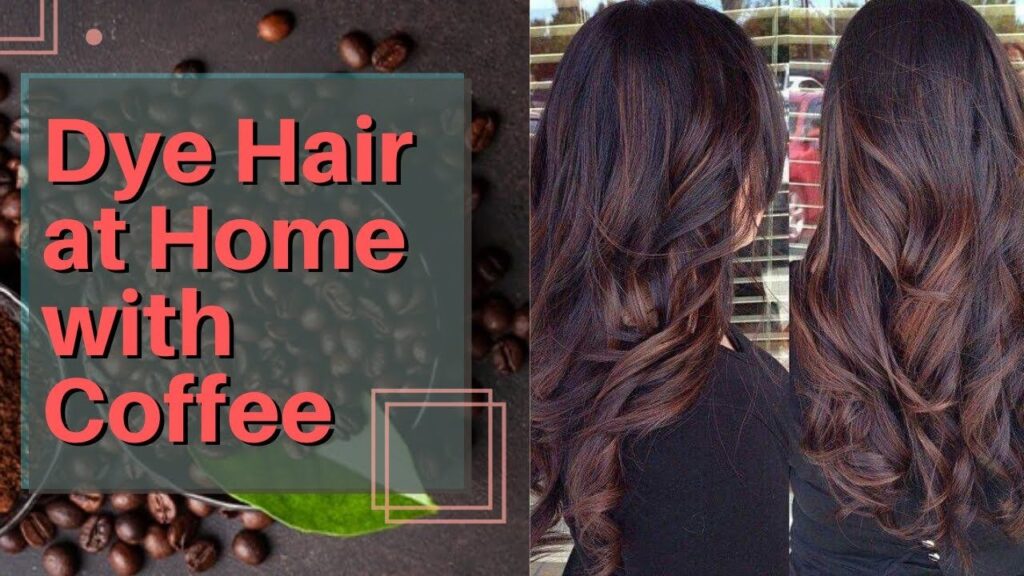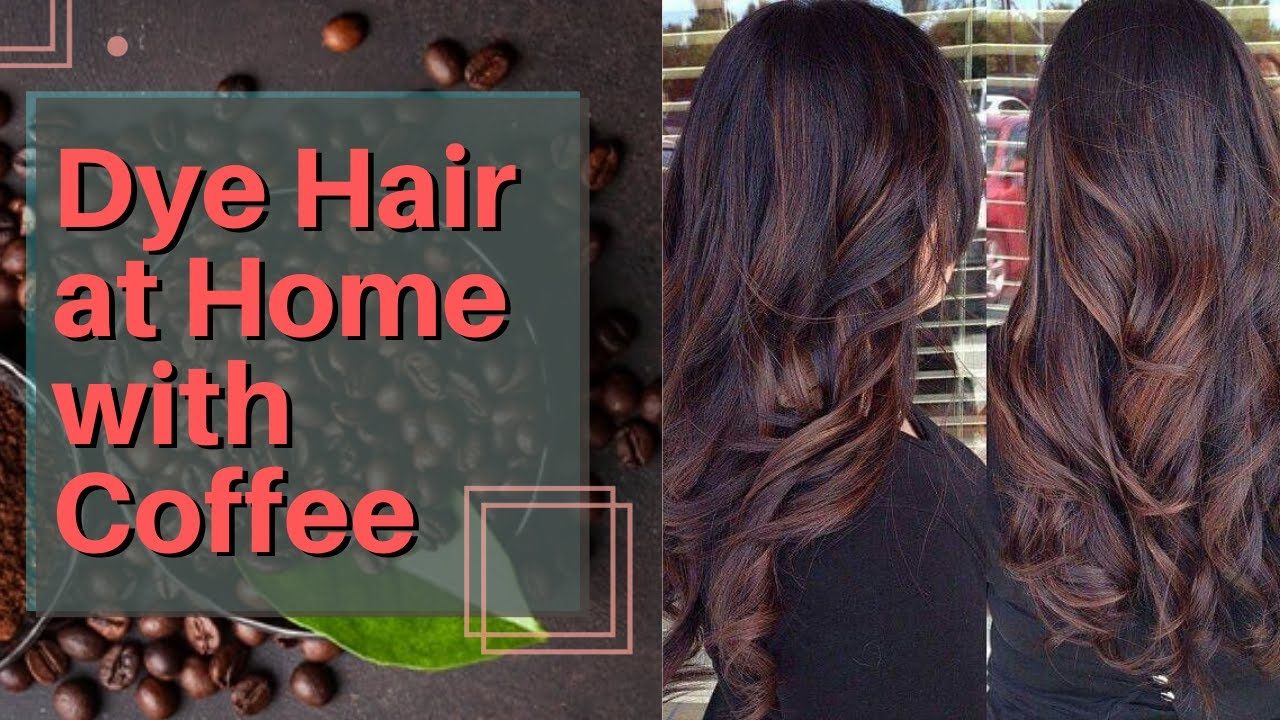
Brewing Beauty: The Definitive Guide on How to Use Coffee to Dye Hair
In an era dominated by chemical concoctions promising vibrant hues, a natural and surprisingly effective alternative has quietly gained traction: coffee. Yes, the very beverage that fuels our mornings can also be harnessed to subtly tint and enhance our hair. This article delves into the art of how to use coffee to dye hair, providing a comprehensive guide for those seeking a gentler, more eco-conscious approach to hair coloring. We’ll explore the science behind the process, the practical steps involved, and the results you can expect. Forget harsh chemicals; embrace the rich, earthy tones that coffee can bring to your locks.
The allure of coffee as a hair dye lies in its simplicity and accessibility. It’s a DIY project that requires minimal ingredients and offers a gradual, buildable color change. This makes it an excellent option for those hesitant to commit to permanent dyes or seeking to enhance their existing hair color. But before you start brewing, let’s understand the fundamentals.
The Science Behind Coffee Hair Dye
The color-altering power of coffee comes from its pigments, primarily melanoidins, which are formed during the roasting process. These compounds are responsible for the deep brown color of coffee. When applied to hair, these pigments attach to the hair shaft, imparting a subtle color change. The intensity of the color depends on several factors, including the type of coffee used, the strength of the brew, and the natural color and porosity of your hair. Unlike permanent hair dyes that penetrate the hair cuticle, coffee dye works by coating the hair shaft, making it a less damaging alternative. This also means the color is semi-permanent and will gradually fade over time.
What You’ll Need: Gathering Your Supplies
Before you begin your coffee dyeing adventure, gather the necessary supplies. The ingredients and tools are readily available and inexpensive:
- Coffee: The star of the show! Choose a strong, dark roast coffee. Arabica beans are generally preferred for their rich color. Instant coffee can also be used in a pinch, though the results may be less vibrant.
- Water: Filtered water is recommended for the best results.
- A large bowl: For mixing the coffee and water.
- A smaller bowl: For applying the mixture.
- Applicator: A brush, spray bottle, or your hands (with gloves!).
- Gloves: To protect your hands from staining.
- Old towel or t-shirt: To protect your clothing.
- Shower cap or plastic wrap: To cover your hair during the processing time.
- Conditioner (optional): To mix with the coffee for added moisture.
Step-by-Step Guide: How to Use Coffee to Dye Hair
Now that you have your supplies, let’s dive into the step-by-step process of how to use coffee to dye hair. Following these instructions will help you achieve the best possible results:
- Brew the Coffee: Brew a strong batch of coffee. The stronger the brew, the more intense the color will be. Allow the coffee to cool completely.
- Prepare Your Hair: Wash your hair with shampoo, but skip the conditioner. This will allow the coffee dye to adhere better. Towel-dry your hair until it’s damp.
- Mix the Coffee and Optional Ingredients: In the large bowl, pour the cooled coffee. If you want, you can add a tablespoon or two of conditioner to help moisturize your hair.
- Apply the Dye: Put on your gloves. Using your applicator of choice, apply the coffee mixture to your hair, starting at the roots and working your way down to the ends. Make sure to saturate all strands evenly.
- Cover Your Hair: Once your hair is completely coated, cover it with a shower cap or plastic wrap. This will help trap heat and enhance the color absorption.
- Processing Time: Leave the coffee dye in your hair for at least an hour, or up to three hours for a deeper color. The longer you leave it in, the more intense the results will be.
- Rinse and Condition: Rinse your hair thoroughly with cool water until the water runs clear. Then, apply a conditioner to moisturize your hair.
- Dry and Style: Air dry your hair or use a hairdryer on a low setting. Style your hair as usual.
Choosing the Right Coffee and Brew Strength
The type of coffee you choose and how you brew it significantly impacts the final color. Experimentation is key, but here are some guidelines:
- Dark Roast Coffees: These are generally the best choice for achieving a noticeable color change. They have the most intense pigments.
- Medium Roast Coffees: These can provide a subtle tint, suitable for enhancing existing color or adding a hint of warmth.
- Light Roast Coffees: These are less likely to produce noticeable results.
- Brew Strength: Use a strong brew, ideally twice the strength of your regular coffee.
- Instant Coffee: While less effective than brewed coffee, instant coffee can be used in a pinch. Use a generous amount.
Hair Color and Coffee Dye: What to Expect
The results of how to use coffee to dye hair will vary depending on your natural hair color. Here’s a general idea:
- Light Blonde Hair: Coffee can add a warm, golden-brown hue.
- Medium Blonde or Light Brown Hair: Coffee can deepen the color and add rich, chocolatey tones.
- Dark Brown Hair: Coffee can enhance the existing color and add shine. It may not produce a dramatic color change.
- Black Hair: Coffee may add a subtle sheen and enhance the overall appearance of your hair, but the color change will be minimal.
- Gray Hair: Coffee can help to blend gray hairs and give them a more natural, less stark appearance.
Tips for Success: Maximizing Your Results
To achieve the best possible results when how to use coffee to dye hair, keep these tips in mind:
- Test on a Strand: Before applying the coffee dye to your entire head, test it on a small strand of hair to see how it reacts.
- Repeat Applications: For a deeper color, repeat the process multiple times.
- Increase Processing Time: Leaving the dye on for longer periods can result in a more intense color.
- Use a Coffee Rinse: After washing your hair, use a coffee rinse to maintain the color.
- Avoid Heat Styling: Excessive heat can fade the color quickly.
- Consider Hair Porosity: Porous hair absorbs color more easily. If your hair is highly porous, you may see more dramatic results.
Coffee Dye vs. Traditional Hair Dyes: Pros and Cons
Choosing between coffee dye and traditional hair dyes involves weighing the pros and cons:
| Coffee Dye | Traditional Hair Dyes |
|---|---|
| Pros: Natural, gentle, less damaging, accessible, inexpensive, buildable color | Pros: Wide range of colors, long-lasting results, can lighten hair |
| Cons: Semi-permanent, subtle color changes, not effective on very dark hair, messy application | Cons: Can be damaging, contain harsh chemicals, expensive |
Maintaining Your Coffee-Dyed Hair
To prolong the life of your coffee dye, consider these maintenance tips:
- Use Sulfate-Free Shampoo: Sulfates can strip the color from your hair.
- Wash Less Frequently: Washing your hair less often will help the color last longer.
- Use a Coffee Rinse: A weekly coffee rinse can help to refresh the color.
- Avoid Chlorine: Chlorine can fade the color quickly.
- Protect from Sun Exposure: The sun can also fade the color. Wear a hat or use a hair product with UV protection.
Beyond Dyeing: Coffee’s Benefits for Hair Health
Beyond its coloring capabilities, coffee offers several benefits for hair health. The caffeine in coffee can stimulate hair follicles, promoting hair growth. It can also improve hair texture and add shine. Using coffee as a hair treatment can be a holistic approach to enhancing your hair’s appearance and vitality.
Troubleshooting: Common Issues and Solutions
Even with the best intentions, you might encounter some challenges. Here are some common issues and their solutions:
- Uneven Color: Ensure you apply the dye evenly and thoroughly.
- Faded Color: Use a coffee rinse and avoid harsh shampoos.
- Weak Color: Use a stronger brew and repeat the application.
- Staining: Protect your clothing and skin during application.
Conclusion: Embracing the Natural Beauty of Coffee
Learning how to use coffee to dye hair opens the door to a world of natural beauty. It’s a simple, eco-friendly, and cost-effective way to enhance your hair color and embrace a more natural approach to beauty. While the results may not be as dramatic as those achieved with chemical dyes, the subtle, buildable color and added benefits for hair health make coffee a compelling alternative. So, brew a cup of coffee, gather your supplies, and embark on a journey to naturally beautiful hair.
[See also: How to Make a Coffee Scrub for Exfoliation, The Benefits of Caffeine for Hair Growth, Natural Hair Care Alternatives]


